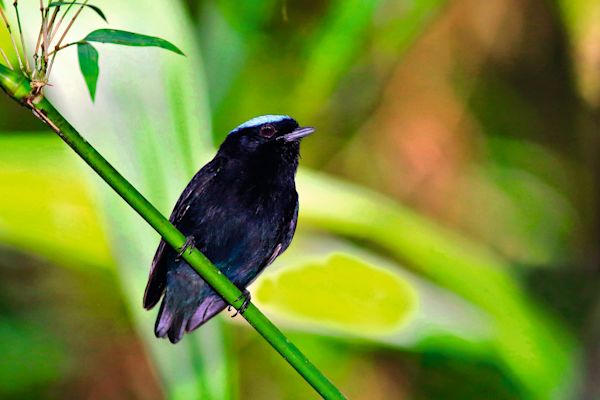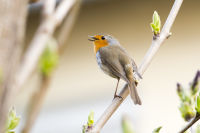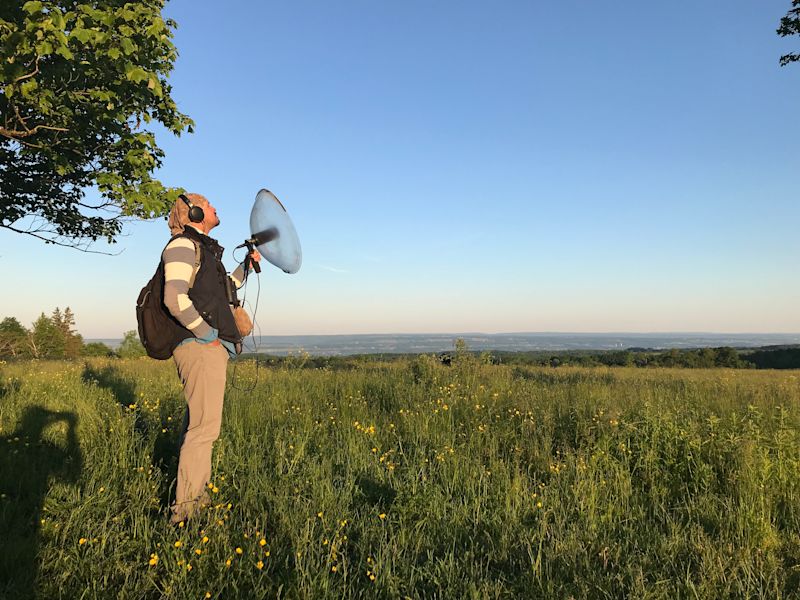What are you hearing at the moment? Are you aware of all the sounds around you? What would happen if you just listened for an instance?
We want you to invite you to become “all ears” in the best possible way. So allow yourself to become silent for a moment. Close your eyes. Let your mind calm down. It might get very loud and noisy at first, but that’s okay. Just observe and let your thoughts pass by like clouds in the sky. It might help to focus on your breath.
Once you are centered, draw your attention towards your ears. Now press play on the first soundscape and enjoy this free concert of relaxing birdsong. If your mind wants some exercise, try “zooming in” acoustically on the different voices you hear.
Can you say how many singers are at work here?
Have you heard their call before?
What does it sound like? Funny? Sad? Excited? Bored? Angry? Happy?
Do you happen to know some of the species?
Whenever you are ready, take a look at the picture below to find out who you were listening to.
Then repeat the exercise with the next soundscape. This will help you to improve your listening skills and ability to identify birds by sound.
Amazing Amazon
Dive into the pure wilderness of the Amazon near the junction between Colombia, Brazil, and Peru.

Soundscapes
Screaming Piha
This species was long believed to be the loudest bird on earth.
Thus, they are easiest to find by sound.

Soundscapes
White-throated Toucan
When two large toucan species are found in the same area, they typically have very different calls. The White-throated Toucan is a yelper/singer – kioo gook gook – while the similar Channel-billed Toucan is a croaker – geeoo.

Soundscapes
Channel-billed Toucan
This toucan species impresses with its massive size. The Channel-billed Toucan looks uncannily similar to the other large toucan in the western Amazon (White-throated Toucan) but in other parts of South America, Channel-billed Toucans can look quite different, with some even having wonderfully rich orange breasts.

Soundscapes
Blue-capped Manakin
These tiny denizens of dark forests have a wonderful k-wek call which they make at their leks. If you are lucky enough to see one up close, the males’ metallic caps really sparkle when the sun catches them.
















